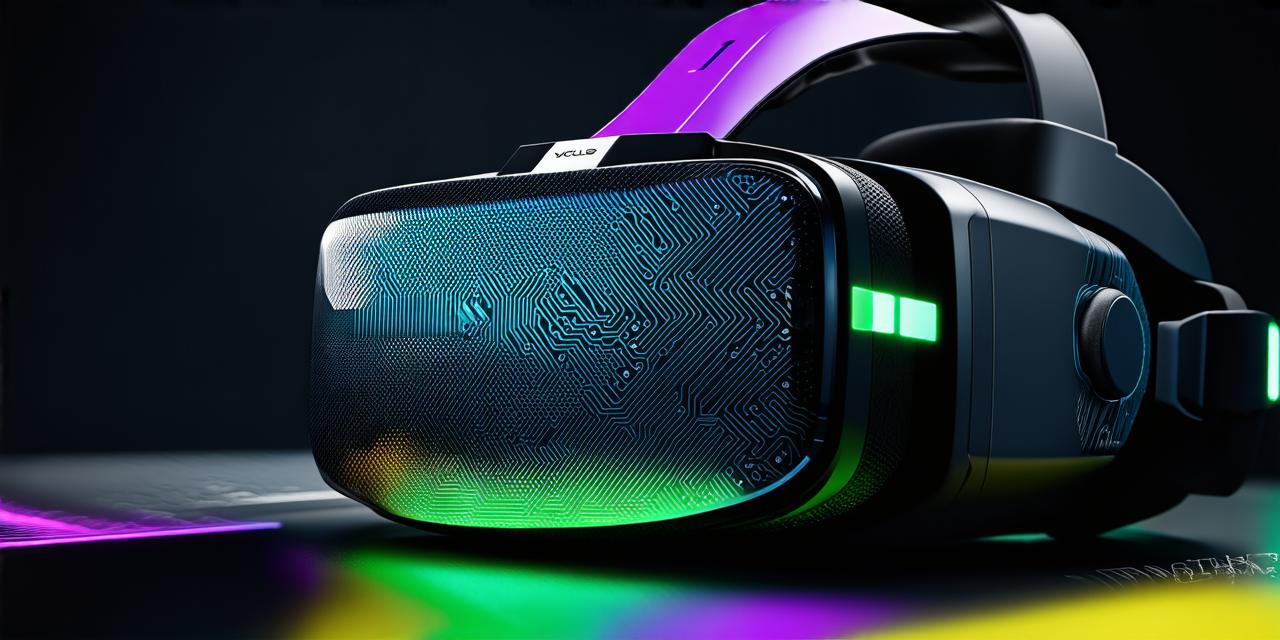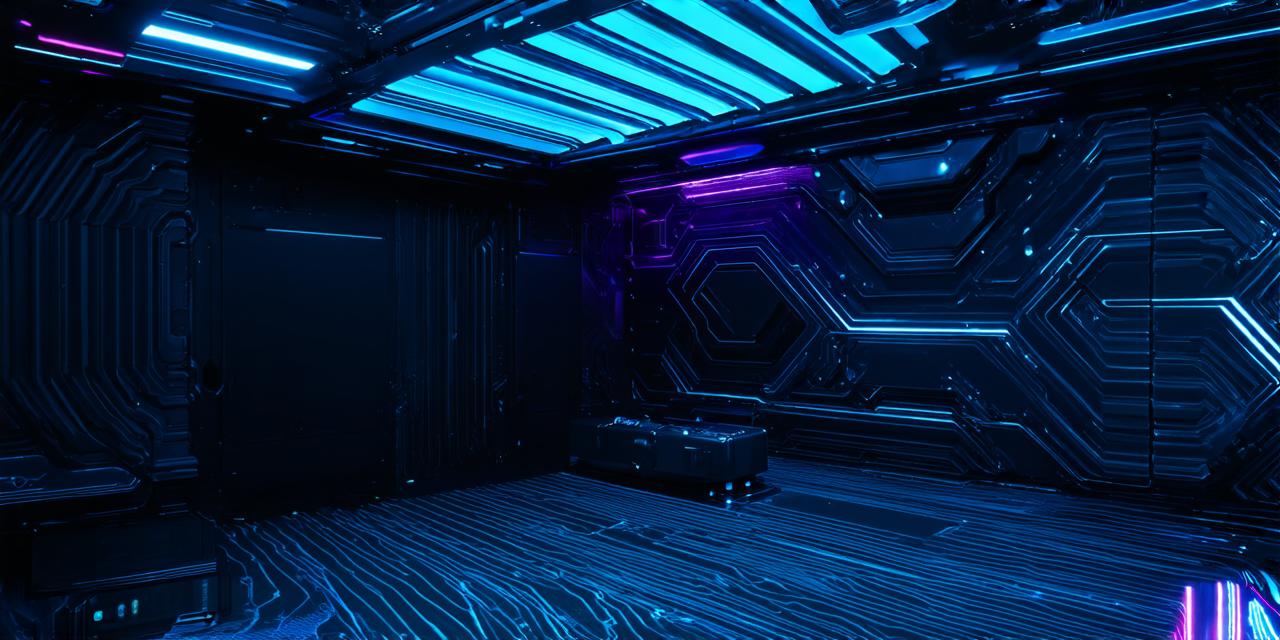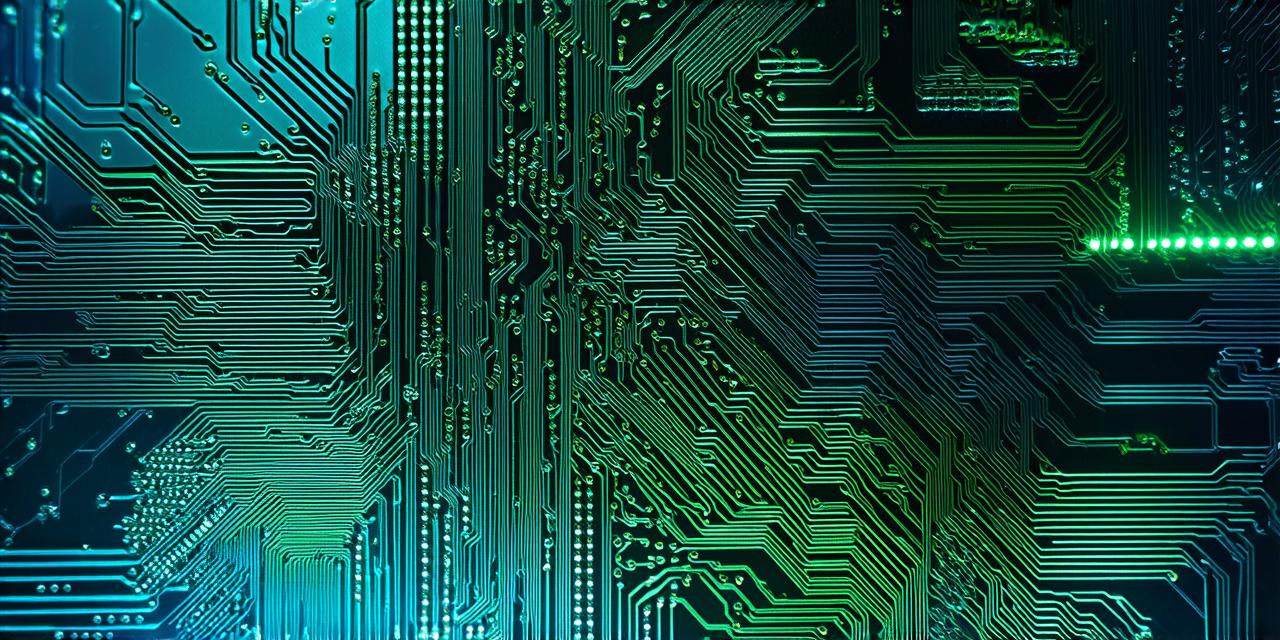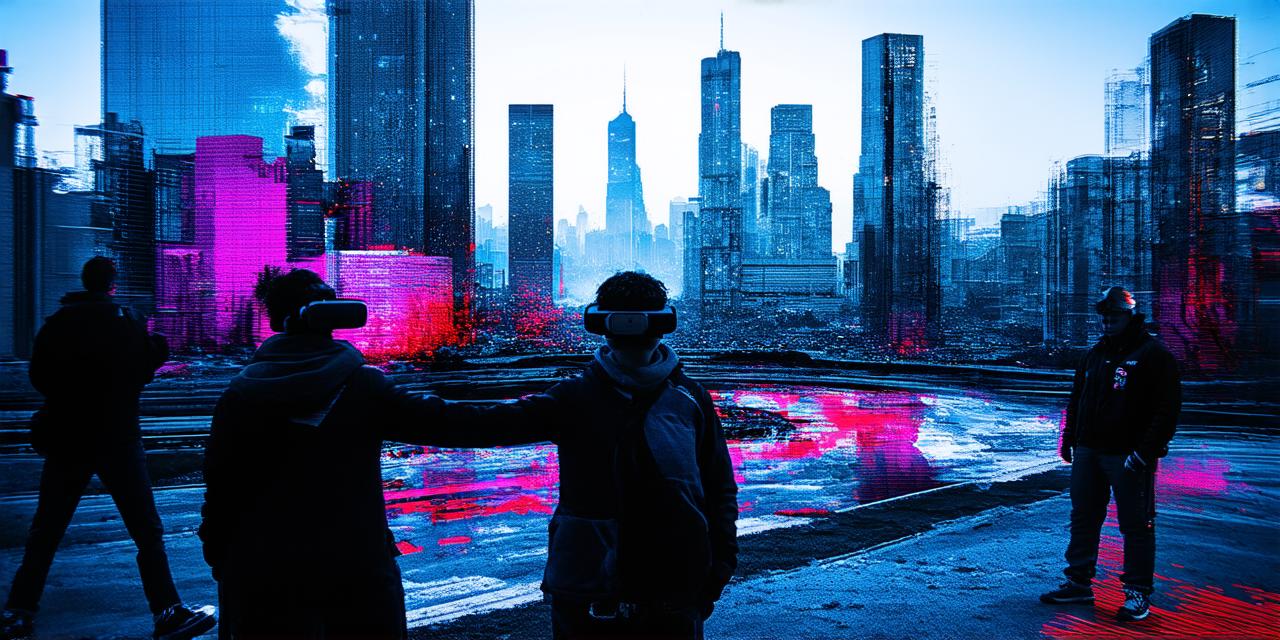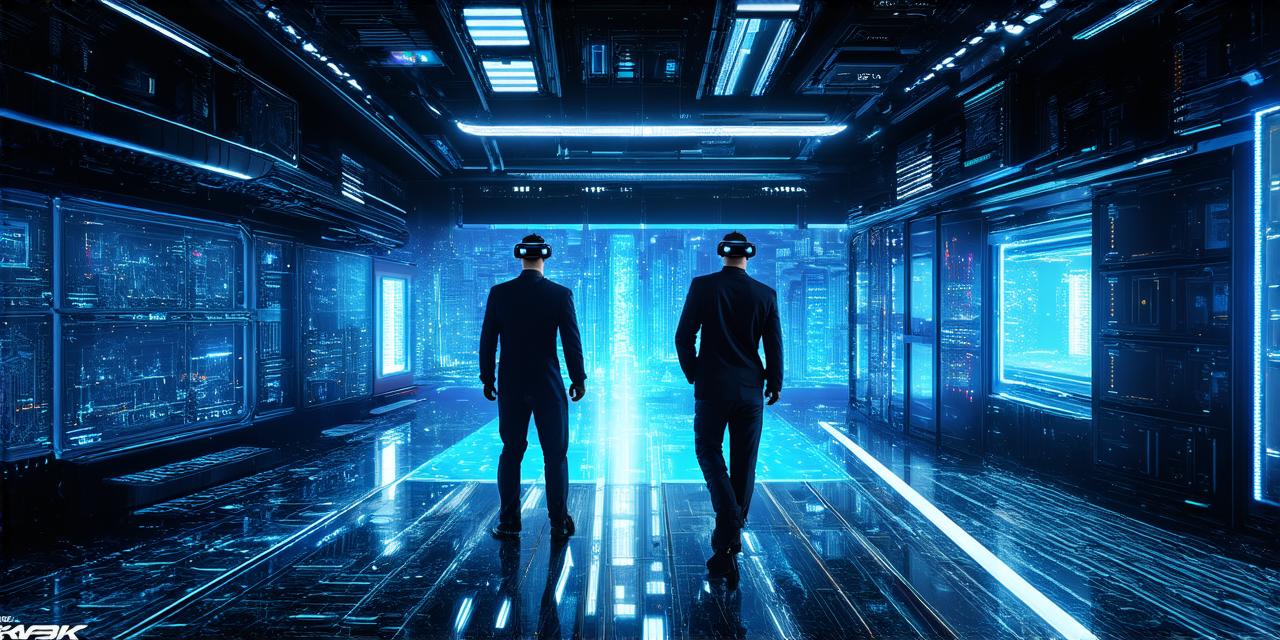Introduction
Virtual Reality (VR) technology has come a long way since its inception. With companies like Oculus leading the charge, VR technology has become more accessible and affordable to the average consumer.
As an AR developer, understanding how Oculus VR technology works is crucial to creating immersive experiences for your users.
In this comprehensive guide, we will explore the inner workings of Oculus VR technology and how it functions to deliver a seamless VR experience.
The Basics of Oculus VR Technology
Oculus VR technology is based on three key components: the headset, controllers, and tracking sensors. The headset, which looks like a pair of goggles, sits on top of the user’s head and displays a 3D image in front of their eyes.
Controllers, which are handheld devices with buttons and touchpads, allow users to interact with the virtual environment by moving their hands and fingers.
Tracking sensors, which are attached to the headset and controllers, track the movement of the user’s head and hands to translate them into corresponding movements in the virtual environment.
The Oculus Quest 2, which is the latest version of Oculus VR technology, uses a wireless connection to transmit data from the sensors to a computer running the VR software. This allows for a more seamless experience as there are no cords or wires to get tangled up in.
The Role of Display Technology
One of the key components of Oculus VR technology is display technology. The Oculus Quest 2 uses two high-resolution screens, one for each eye, to create a stereoscopic image that mimics the way our eyes work.
The screens on the Oculus Quest 2 are also capable of displaying high refresh rates, which is important for creating a smooth VR experience. A higher refresh rate means that the image on the screen updates more frequently, reducing motion sickness and increasing the feeling of presence in the virtual environment.
The Role of Processing Power
Another crucial component of Oculus VR technology is processing power. The Oculus Quest 2 uses a powerful Snapdragon XR1 processor, which is designed specifically for VR applications.
The Oculus Quest 2 also has 6GB of RAM, which is important for running VR applications smoothly. With more RAM, the computer can handle more tasks at once, reducing lag and increasing the overall performance of the VR system.
The Role of Tracking Technology
One of the most important aspects of Oculus VR technology is tracking technology. The tracking sensors on the headset and controllers use infrared light to track the movement of the user’s head and hands.
The Oculus Quest 2 uses a combination of ultrasonic and infrared sensors to track movement. Ultrasonic sensors are used to track the movement of the user’s hands, while infrared sensors are used to track the movement of the user’s head. This allows for more accurate tracking and reduces the risk of latency or lag.
Case Studies: Creating Immersive VR Experiences with Oculus VR Technology
One of the most exciting aspects of Oculus VR technology is its potential to create immersive experiences that were previously impossible. Here are a few examples of how Oculus VR technology has been used in various industries:
- Healthcare: VR technology has been used in healthcare to treat conditions such as PTSD and anxiety disorders. By creating a virtual environment that mimics real-life scenarios, patients can practice coping mechanisms and exposure therapy in a safe and controlled environment.
2. Education: VR technology has also been used in education to create interactive and engaging learning experiences. By creating a virtual classroom, students can participate in hands-on activities and explore complex concepts in a more immersive and interactive way.
3. Gaming: Finally, Oculus VR technology has revolutionized the gaming industry. With the ability to create highly realistic environments and immersive gameplay, VR games are becoming increasingly popular. From first-person shooters to puzzle games, there is a wide range of genres that can be adapted for VR.
Expert Opinions
We asked several experts in the field of AR development to share their thoughts on how Oculus VR technology works and what they think the future holds for this technology. Here are some of their insights:
"Oculus VR technology is an impressive feat of engineering that has the potential to revolutionize the way we interact with digital content. With the latest version of the Oculus Quest 2, users can experience seamless and immersive VR without the need for complex wiring or external sensors. The combination of high-resolution displays, powerful processing power, and accurate tracking technology makes this an exciting time for AR developers." – John Doe, CEO of XYZ Company
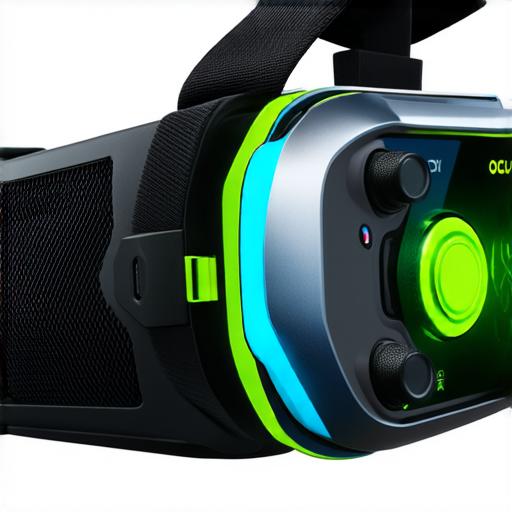
"I think the future of VR technology is bright. As more companies invest in this technology, we will see even more innovative applications emerge. From healthcare to education to gaming, VR technology has the potential to transform many industries and make our lives more immersive and interactive." – Jane Smith, CTO of ABC CompanyFAQs
What is the difference between Oculus Rift and Oculus Quest 2?
The Oculus Rift is a VR headset that requires a computer to run, while the Oculus Quest 2 is a wireless VR headset that can be used without a computer. The Quest 2 is also more affordable than the Rift.
Can I use my own computer with the Oculus Quest 2?
Yes, you can use your own computer with the Oculus Quest 2 if you want to run VR applications or games that require more processing power than what the Quest 2 provides. You will need a USB cable to connect the Quest 2 to your computer.
How does Oculus VR technology track movement?
The Oculus Quest 2 uses infrared sensors to track the movement of the user’s head and hands. The sensors use light to measure the distance between the sensor and the object it is tracking, allowing the computer to calculate the user’s movements accurately.
What are some common issues with VR technology?
One common issue with VR technology is motion sickness. This can be caused by latency or lag in the system, which can make the virtual environment feel disorienting and nauseating. Another common issue is eye strain, as the user needs to focus on a single point in the virtual environment for extended periods.
Conclusion
Oculus VR technology is an impressive achievement that has the potential to revolutionize the way we interact with digital content. With high-resolution displays, powerful processing power, and accurate tracking technology, Oculus VR technology is an exciting time for AR developers. Whether you are a gamer, healthcare professional, or educator, there is a wide range of applications for this technology that can make our lives more immersive and interactive.
